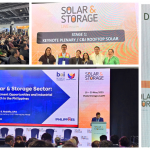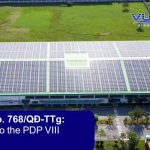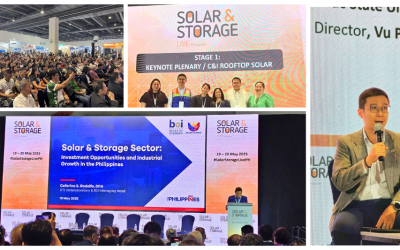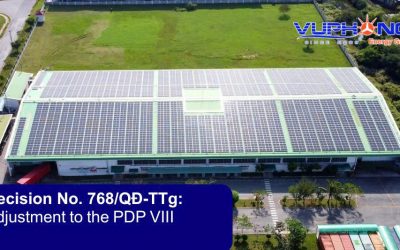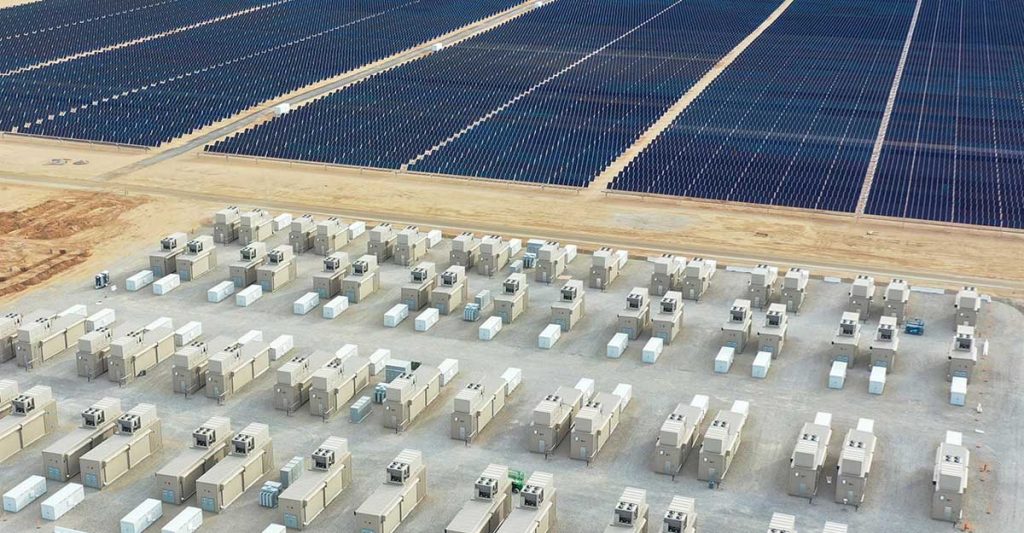
With a capacity of 875 MW and a storage capability of 3,287 MWh, the Edwards & Sanborn Solar and Energy Storage facility in the Mojave Desert, California, USA, has become the world’s largest solar and battery storage project.
- Developing the carbon credit market in Vietnam
- A company specializing on emission reduction and carbon-neutral solutions
- Vietnam Energy and Technology Forum 2023 on localization in renewable energy
World’s Largest Solar-Battery Project
Construction of the Edwards & Sanborn Solar and Energy Storage facility began in early 2021, commenced operations in February 2023, and was officially completed and fully operational by January 2024. The facility covers 1,886 hectares in the Mojave Desert—one of the sunniest places on Earth.
US Leads the Way in Renewable Energy Development
At this combined solar and storage farm, over 1.9 million solar panels and 120,720 storage battery packs have been installed. Engineers had to install 724 km of cables to connect the entire system. While not the largest solar farm globally, Edwards & Sanborn Solar and Energy Storage is the largest solar and battery storage project, surpassing Vistra’s Moss Landing facility in California (with a capacity of 750 MW and storage of 3,000 MWh). The world’s largest solar power project in terms of capacity is currently the Golmud Solar Park in China, consisting of about 80 plants with a total installed capacity of 2.8 GW.
Solar energy is recognized as a vital pillar driving the global energy transition process. According to the International Energy Agency’s (IEA) Electricity Report 2024: Analysis and Forecast until 2026 released at the end of January 2024, the share of renewable energy in global electricity production is projected to increase from 30% in 2023 to 37% in 2026, with solar power being the main contributor to this growth. The IEA also forecasts that renewable energy will surpass coal to become the largest source of electricity worldwide by 2025.
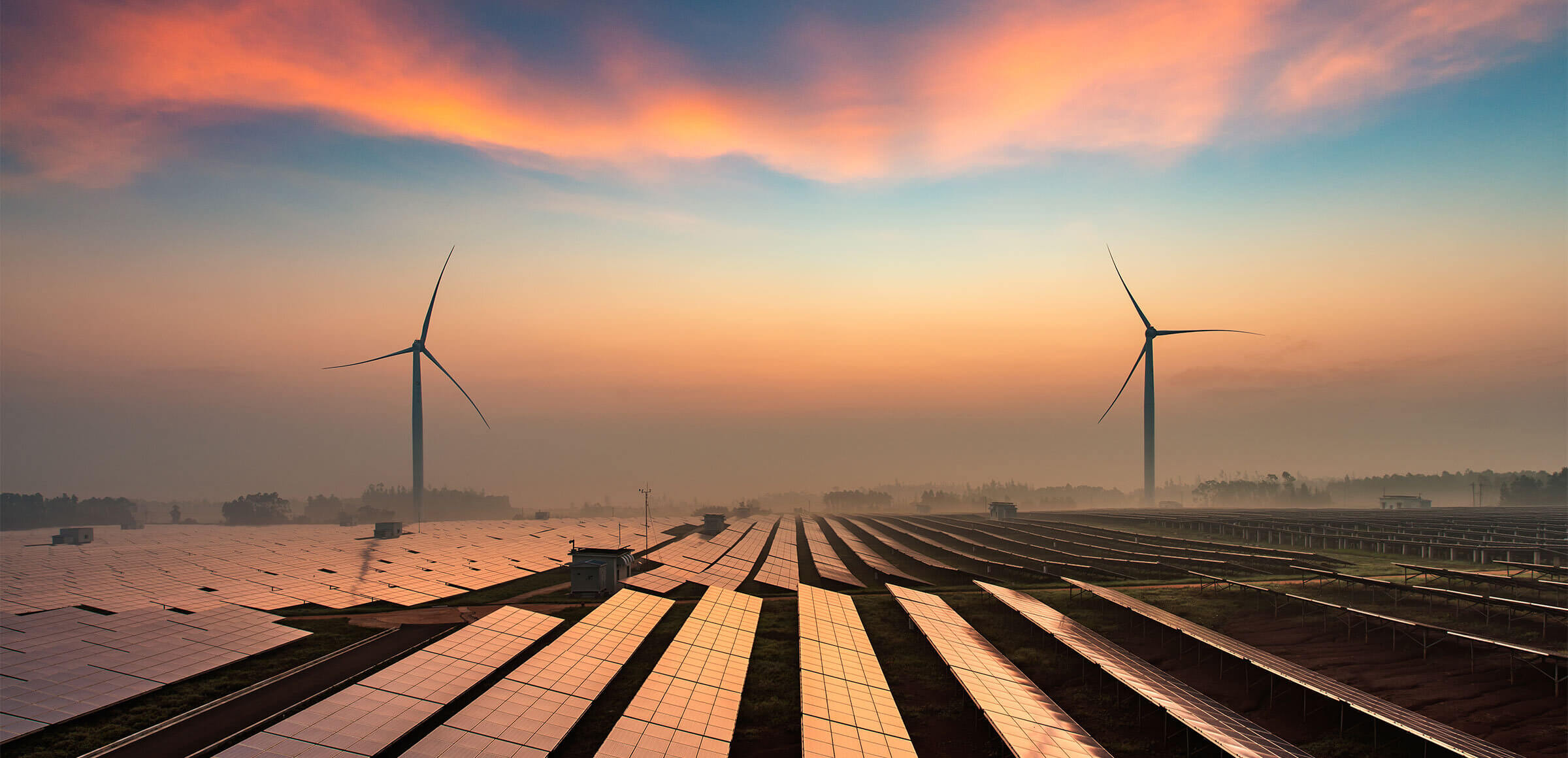 Renewable energy predicted to become the largest global power source by 2025 (Illustration image: Internet)
Renewable energy predicted to become the largest global power source by 2025 (Illustration image: Internet)
5 Key Actions to Accelerate the Shift to Renewable Energy
Recently, United Nations Secretary-General António Guterres emphasized 5 important actions the world needs to prioritize immediately to transform the energy system and accelerate the transition to renewable energy, including:
- Turning renewable energy technology into a global commodity. To achieve this, barriers to knowledge sharing and technology transfer, including intellectual property rights barriers, need to be removed.
- Improving global access to components and raw materials (international cooperation must be strengthened, and more investment is needed to ensure an equitable transition process).
- Creating a level playing field for renewable energy technology – countries need to reform policy frameworks to rationalize and expedite the progress of renewable energy projects and promote private sector investment.
- Shifting energy subsidies from fossil fuels to renewable energy.
- Tripling investment in renewable energy – by 2030, at least $4 trillion per year must be invested in renewable energy.
UN Secretary-General António Guterres states that renewable energy is the only path to true energy security, stable electricity prices, and sustainable job opportunities. “Without renewable energy, there can be no future,” emphasized Mr. António Guterres.

